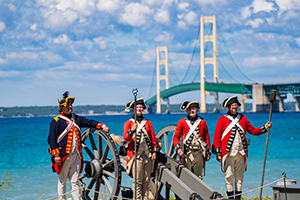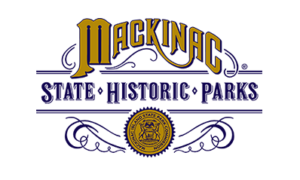
Far from home and living in a harsh environment, the French residents of Michilimackinac and the rest of Canada were quick to adopt new styles of clothing. While French fashions remained popular for most people, many soldiers, voyageurs, and others who regularly interacted with Native Americans adopted their neighbors’ style of dress. Like Native men, voyageurs and soldiers on campaign frequently wore soft moccasins, breechcloths, and leggings. In 1749, Swedish traveler Peter Kalm noted that “the French [Canadians] dress as the Indians; they do not wear breeches.”

Other pieces of clothing were unique to French-Canadians. British trader Alexander Henry left a good account of the Canadian disguise he wore during his first secret journey to Michilimackinac in 1761: “I laid aside my English clothes, and covered myself only with a cloth, passed about the middle; a shirt, hanging loose; a molleton, or blanket coat; and a large, red, milled worsted cap.” The red cap (or tocque), blanket coat, breechcloth, and leggings were something of a uniform for French-Canadian men of the fur trade, and would have been seen regularly at Michilimackinac.









